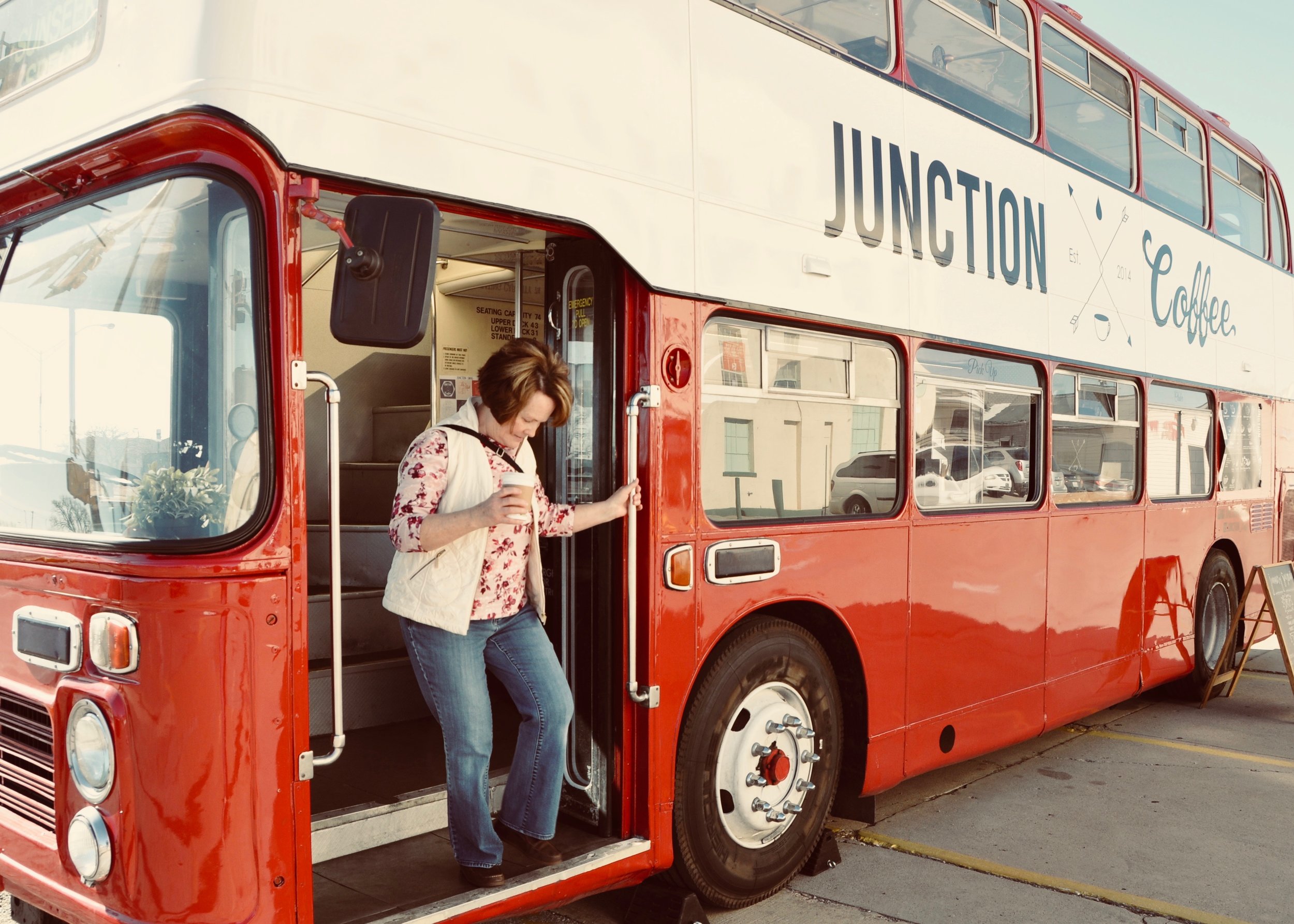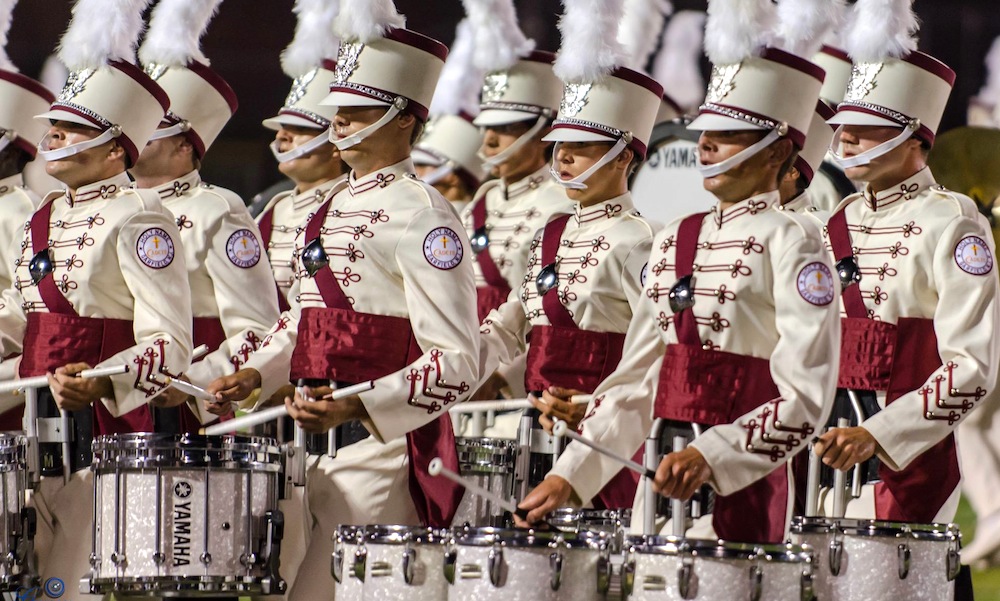Magical Beans
/CONSENSUS ON COFFEE AND ITS ORIGIN seems to be that the first cup was poured in the 11th Century AD. I feel confident in saying, I bet the first beans were roasted, ground and combined with scalding water in the First Century.
Why and on what authority? Sixty-Seven years ago I was carried into a Baptist Church for the first of many, many times. One thing I know for certain about Baptists—coffee is the official drink and caffeine the permissible drug of Baptists. So, I can only assume that John THE Baptist percolated the first pot. If he was not the first Mr. Coffee he probably should be known as John The So-Called Baptist.
Coffee is much bigger than Baptists. Currently there are 27,339 Starbucks stores. (Statista: The Statistics Portal) According to an article in Huffington Post, “America’s Coffee Obsession…”:
• Americans consume 400 million cups of coffee per day, equivalent to 146 billion cups of coffee per year, making the United States the leading consumer of coffee in the world.
• Coffee represents 75% of all the caffeine consumed in the United States.
• The United States imports more than $4 billion dollars’ worth of coffee each year.
My amazing-missus enjoying a cup from the top of a double-decker bus
I am one of those who starts the day with a cup or so and later too, especially with the occasional dessert. Given a choice, I prefer a bold, dark roast, served black.
It seems to me that coffee is the best grease for the gears of social interaction. Anytime of day, we can meet for a cup. Even if we don’t actually all drink coffee, we can be open to gathering around the idea of it—“Let’s grab a cup of coffee and catch up.”
Years ago, I heard Nora Ephron speaking about her movie, “You’ve Got Mail.” She mentioned the idea of something called the Third Place. I was utterly intrigued. Here’s what Wikipedia has to say:
In community building, the third place is the social surroundings separate from the two usual social environments of home ("first place") and the workplace ("second place"). Examples of third places would be environments such as cafes, clubs, public libraries, or parks. In his influential book The Great Good Place, Ray Oldenburg (1989, 1991) argues that third places are important for civil society, democracy, civic engagement, and establishing feelings of a sense of place.
In the early 70s, I played drums with a group that played at these little venues called coffeehouses: third places for people in their lated teens and twenties. With a little stage for music and poets, candles on the tables, posters on the wall, and lots of coffee. The pay was lousy, but the gigs were fun and relaxed.
I have a brother-in-law who served several tours of duty in the middle-east. I love to hear his stories about times spent at the little coffeeshops on the bases in the middle of nowhere. Third Place indeed.
How about coffee and solitude? You know the scene: a single man or woman sitting in a diner, a back booth or on a stool at the end of the counter, having a cup and probably a cigarette, maybe half looking at a newspaper or staring out the window. On the jukebox, Tammy Wynette sings:
Sometimes it's hard to be a woman
Giving all your love to just one man.
You'll have bad times
And he'll have good times,
Doin' things that you don't understand
But if you love him you'll forgive him,
Even though he's hard to understand
And if you love him oh be proud of him,
'Cause after all he's just a man
Stand by your man...
One of my favorite works of art is Edward Hopper’s Nighthawks. We can’t talk about hot coffee at the diner without a look.
In case you don’t still have your notes from Art History 101, my favorite commentary on the painting comes from that little nun with the speech impediment, Sister Wendy:
Apparently, there was a period when every college dormitory in the country had on its walls a poster of Hopper's Nighthawks; it had become an icon. It is easy to understand its appeal. This is not just an image of big-city loneliness, but of existential loneliness: the sense that we have (perhaps overwhelmingly in late adolescence) of being on our own in the human condition. When we look at that dark New York street, we would expect the fluorescent-lit cafe to be welcoming, but it is not. There is no way to enter it, no door. The extreme brightness means that the people inside are held, exposed and vulnerable. They hunch their shoulders defensively. Hopper did not actually observe them, because he used himself as a model for both the seated men, as if he perceived men in this situation as clones. He modeled the woman, as he did all of his female characters, on his wife Jo. He was a difficult man, and Jo was far more emotionally involved with him than he with her; one of her methods of keeping him with her was to insist that only she would be his model.
From Jo's diaries we learn that Hopper described this work as a painting of "three characters." The man behind the counter, though imprisoned in the triangle, is in fact free. He has a job, a home, he can come and go; he can look at the customers with a half-smile. It is the customers who are the nighthawks. Nighthawks are predators — but are the men there to prey on the woman, or has she come in to prey on the men? To my mind, the man and woman are a couple, as the position of their hands suggests, but they are a couple so lost in misery that they cannot communicate; they have nothing to give each other. I see the nighthawks of the picture not so much as birds of prey, but simply as birds: great winged creatures that should be free in the sky, but instead are shut in, dazed and miserable, with their heads constantly banging against the glass of the world's callousness. In his Last Poems, A. E. Housman (1859-1936) speaks of being "a stranger and afraid/In a world I never made." That was what Hopper felt — and what he conveys so bitterly.
Text from "Sister Wendy's American Masterpieces"
We have some dear friends who are opening a coffeeshop soon. As soon as we have a chance to visit, I’ll tell you all about it. Or, better yet; let’s meet there for a hot cup and catch up.








